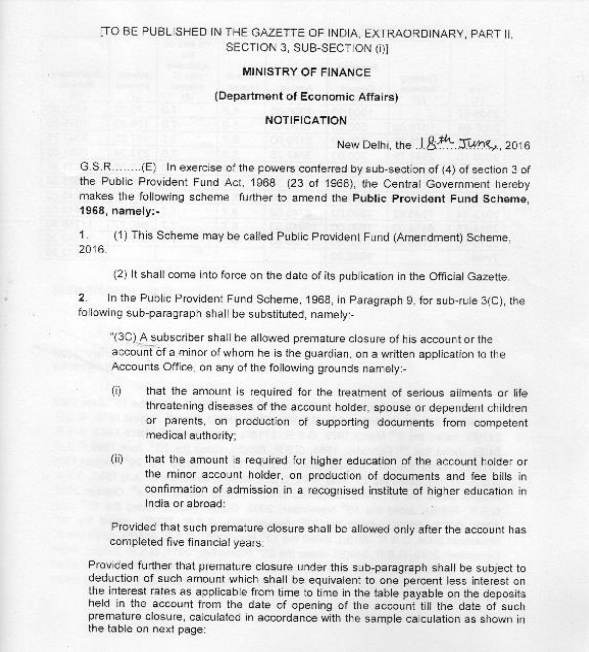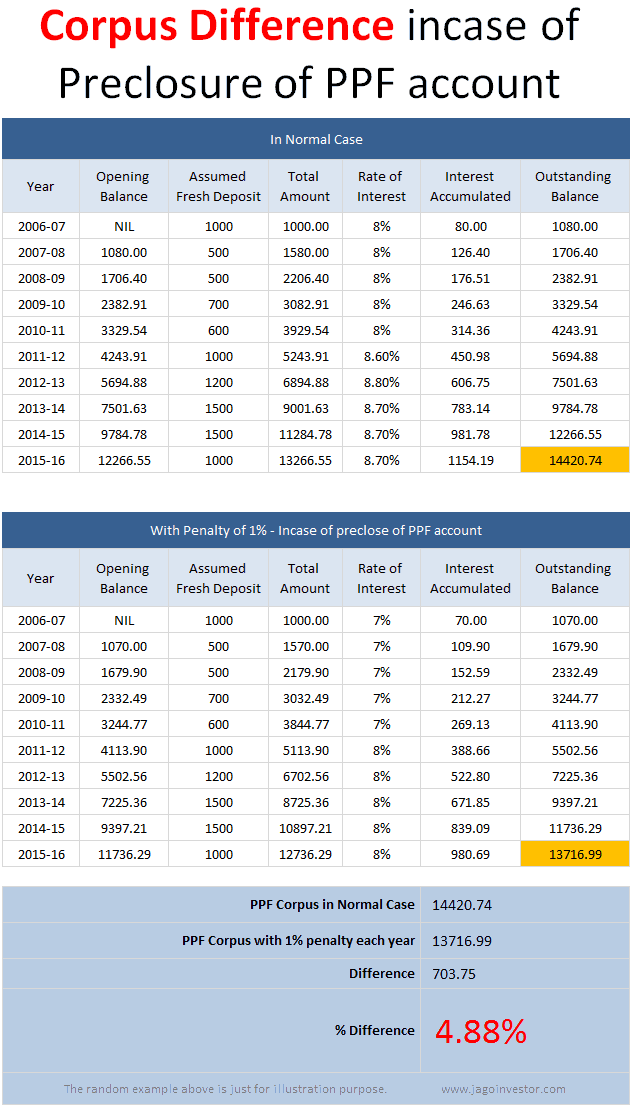ELSS (Equity Linked Saving
Scheme) or Tax Saving Mutual Funds are one of the best investment options for
tax saving u/s 80C. These ELSS funds
invest mainly in equities making them one of the best investments for long term
wealth creation.
Why Invest in ELSS?
High Returns: Of all the tax saving investments ELSS
has the potential to give highest returns.
Tax Free on Maturity: The gains made on redemption are long
term capital gains (on equity) and so tax free.
Lock-in Period: The ELSS funds have lock-in period of 3
years which means once invested you cannot redeem them before completion of 3
years. This is the shortest lock-in compared to all other tax saving
investments.
Buy/Redeem Online: You can buy most of Tax saving mutual
funds online directly from company website. Also the redemption can be done
online and the amount is directly credited to your bank account. This gives lot
of convenience.
ELSS – The Cons:
Returns are Unpredictable: ELSS invests in equities and so the
returns from these funds are linked to stock market performance. There are
times when your money gets more than double in 3 years and also on the other
side there can be significant loss. So it’s a high risk investment. However if
you choose the right ELSS funds you can expect 10% to 12% returns in long term
of 7 to 10 years.
Best ELSS Funds to Invest:
Once you are convinced about investment in
ELSS funds, the next question is which fund to choose? Believe me it’s not easy
thing to do. On the last count there were 41 open ended ELSS funds. To add to it there are several closed
ended funds launched in January to March for last minute tax savers. Also most
publications come out with their “Best Tax Saving Mutual Funds” list every year – which unfortunately keeps
on changing.
As the ELSS returns are linked to stock market
no one can predict the returns for next 3 years. So it’s all guessing game
based on historical data. We too give you five ELSS funds based on their historical
risk/returns balance, consistency of returns, etc.
The funds are in alphabetical
order. Choose any one or two:
1.
Axis Long Term Equity Fund
2.
Birla Sun Life Tax Plan
3.
Franklin India Taxshield
4.
ICICI Prudential Long Term Equity Fund
5.
Invesco India Tax Plan
ELSS – Historical Performance
The table below shows the 1, 3 , 5 and 10 year performance of
selected ELSS Funds. Historically they have given decent returns.

ELSS Fund – Historical
Performance
Best ELSS Funds (by Popular Publications):
As mentioned earlier most financial publications come out with
their set of recommended ELSS. We list them down
|
Mint
|
Economic Times
|
Value Research
|
|
§ Axis Long
Term Equity
§ Invesco India
Tax Plan
§ ICICI
Prudential Long Term Equity Fund
|
§ Axis Long
Term Equity Fund
§ Birla Sunlife
Tax Relief 96
§ DSP Blackrock
Tax Saver Fund
§ Franklin
India Tax Saver Fund
|
§ Axis Long
Term Equity Fund
§ Birla Sun
Life Tax Relief 96
§ Franklin
India Taxshield Fund
§ IDFC Tax
Advantage Fund
§ ICICI
Prudential Long Term Equity Fund
§ Invesco India
Tax Plan
§ Reliance Tax
Saver Fund
§ Tata India
Tax Savings Fund
|
ELSS – Points to Keep
in Mind while Investing
1. If possible Invest
“DIRECT” in ELSS funds. (Learn: How to invest “Direct” in Mutual Fund) If you use
broker or invest through intermediaries, your return would come down by 0.5% to
1% every year due to commission paid to them. The table
below shows the difference in returns in 3 years.

ELSS
Fund Performance – Direct Vs Regular investment in 3 years
2. Minimum
Investment of Rs 500 – the minimum investment is Rs 500
and it can be increased in multiples of Rs 500 only. So you cannot buy ELSS
funds for Rs 4300 but can buy for Rs 4,000 or 4,500 (i.e. multiples of Rs 500)
3. Never
invest in closed ended ELSS schemes which are
miss-sold in the name of tax saving especially in January to March
4. Select
ONE or TWO ELSS funds for investment. Do NOT over
diversify in multiple ELSS funds.
5. Invest
in ELSS in sync with your other investments and overall
investment plan.
6. You may want to
do SIP than invest in lumpsum. This would help you make regular
investment throughout the year.
7. It’s NOT
necessary to redeem these ELSS funds after 3 years. It can remain
invested as long as you want.
8. After 3
years you can redeem and then buy again the same fund to get tax benefit for that year.
(Assuming the tax laws remain same till then)
9. Choose
growth option for long term wealth creation.
10. Dividend
reinvestment option is not available for ELSS Funds.
Regards,
MALAY SHAH
9987994497






